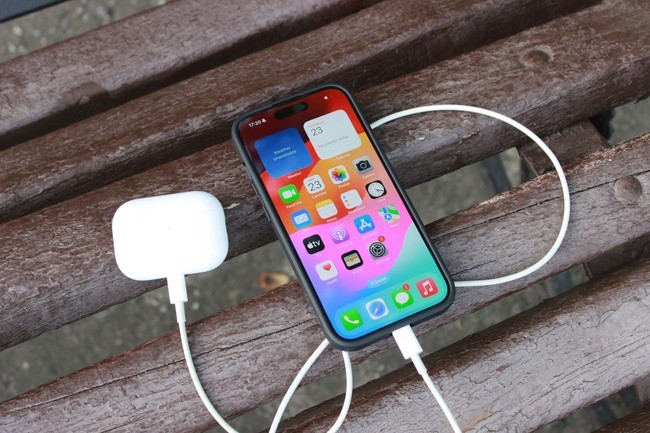
In a leap toward the futuristic realm of holographic displays, researchers have achieved a groundbreaking milestone: creating lifelike 3D holographic images using a Smartphone only and without using anything other than its display. This novel approach, which has been reported in Optics Letters, not only means a great shift from conventional lasers, which are known to have complicated and high-cost operation systems; it indicates major progress in this field.
The Breakthrough: Creating Holographic Displays with iPhones
Holographic displays were considered in the past as requiring complex laser emitters, which made them undesirable for commonplace use purposes. Despite this groundbreaking technology, the new approach is highly implementable; it uses the iPhone touchscreen to form holograms with three-dimensional projections as a tool. By combining a spatial light modulator with the iPhone screen, researchers orchestrated a seamless fusion of images resembling those produced by high-end laser systems.
The research team published their findings in Optics Letters, showcasing the ability to generate realistic 3D holographic displays solely using an iPhone touchscreen. The method involves projecting a two-layer optical reproduction of a full-color three-dimensional image, with the first layer displayed on a spatial light modulator and the second layer projected by the iPhone 14 screen.
Despite its apparent simplicity, this achievement underscores the intricate nature of the process, requiring meticulous algorithmic modeling to synchronize light propagation from the device screen and the spatial light modulator. The result is a tantalizing glimpse into a future where holographic displays could become more attainable and versatile.
Potential Applications and Future Prospects
Rather than being a limited area of interest, the ramifications of this discovery go far beyond the scientific sphere and, thus, present truly fascinating opportunities in many industries and applications where the phenomenal development of virtual reality has played a significant role in better integration of realistic 3D holographic displays, benefiting more in the form of immersion and interactivity for the users. In addition to that, the application has the potential to bring about a considerable change in visual interfaces, for instance, in domains such as education, healthcare, and entertainment.
Nevertheless, that result is a remarkable breakthrough. Numerous challenges still lie on the way to mass production and industrial uses. Technological issues related to large-scale expansion, perfecting the quality of the images, and pressure for a lower production price will have to be resolved to ensure that holographic displays are powered to the full potential of smartphone screens.
Still, the potential democratization of holographic displays - formerly considered impossible - brings the realm of science fiction into the fore, stunning us with a vision of what possibilities may await in visual communication and immersive experiences of the future. In this regard, scientists are still trying to minimize the drawbacks and increase the benefits of this cutting-edge technology. Then, virtual displays may become an indispensable part of everyday life in the foreseeable future.
The combination of the best-reaching knowledge and the most advanced phones has opened the door to being utilized in advancing holographic displays. With new technologies like Augmented Reality and Virtual Reality constantly coupled with new and evolving interfaces, it is hard to imagine where the boundaries of what's possible genuinely reside. However, the future is full of endless opportunities for challenging traditional ways of interacting and perceiving digital content.
© Copyright 2024 Mobile & Apps, All rights reserved. Do not reproduce without permission.





![[LEAK] Samsung Galaxy S25 Ultra Dummy Units 'Slightly' Taller, Thinner](https://d.mobilenapps.com/en/full/1725164/leak-samsung-galaxy-s25-ultra-dummy-units-slightly-taller-thinner.jpg?w=81&h=81&f=9ee550411a0d261b327be5e61f117302)












